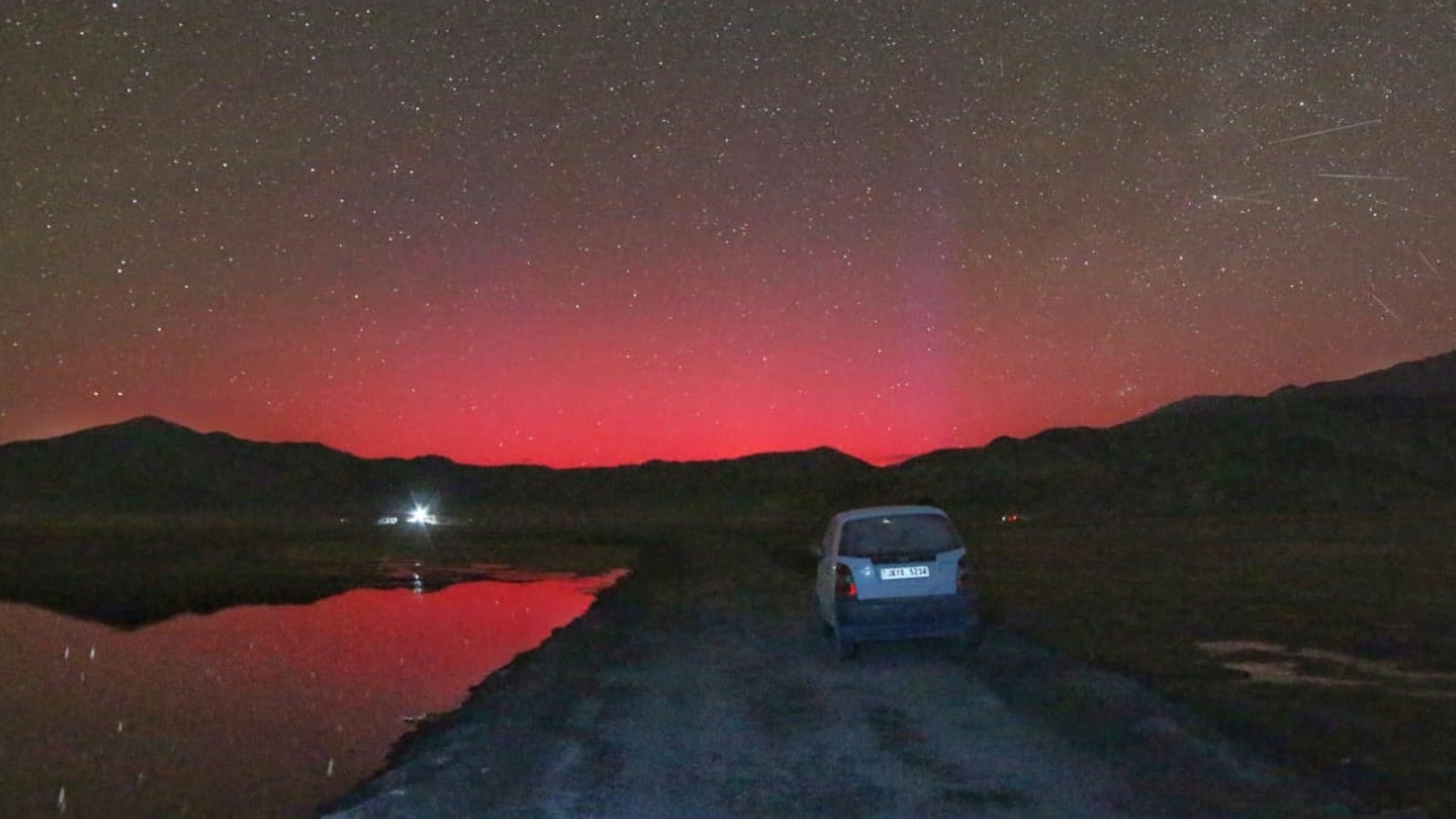The northern lights, also known as Aurora Borealis, are one of the most beautiful sights in the night sky. The phenomenon usually occurs when charged particles, mainly electrons and protons, from the sun interact with gases in Earth’s upper atmosphere at speeds of up to 72 million kilometres per hour.
However, the planet’s magnetic field redirects these particles towards the magnetic north pole, which means they are usually visible near the Arctic Circle. But on June 12 and June 13, Earth witnessed a solar storm, because of which Aurora Borealis may stretch beyond their usual range.
According to the National Oceanic and Atmospheric Administration (NOAA)’s Space Weather Prediction Center, the effects of the recent solar storm, along with a co-rotating interaction region (CIR) in the solar wind, may make Aurora Borealis visible in as many as 18 states in the northern part of the United States of America.
The NOAA has also issued a moderate (G2) geomagnetic storm warning for June 14, which means they might be visible as far as Wyoming and New York.
Geomagnetic storms are mostly triggered by changes in the Earth’s magnetic field, which is often caused by solar winds or storms. These storms are ranked on a G-scale that ranges from G1 to G5. For those wondering, the G2 storm, which is currently impacting Earth, pushes the aurora oval to southern parts of the planet.
The agency also issued a list of states where Aurora Borealis may be visible. This includes Alaska, Montana, North Dakota, Minnesota, Wisconsin, Michigan, South Dakota, Maine, Vermont, New Hampshire, Idaho, Washington, Oregon, New York, Massachusetts, Connecticut, Rhode Island and Wyoming.
However, they may be obstructed by several factors, like light pollution and cloud cover. The best time to witness the northern lights is between 1 to 2 AM, which is when the sky is darkest.
© IE Online Media Services Pvt Ltd









